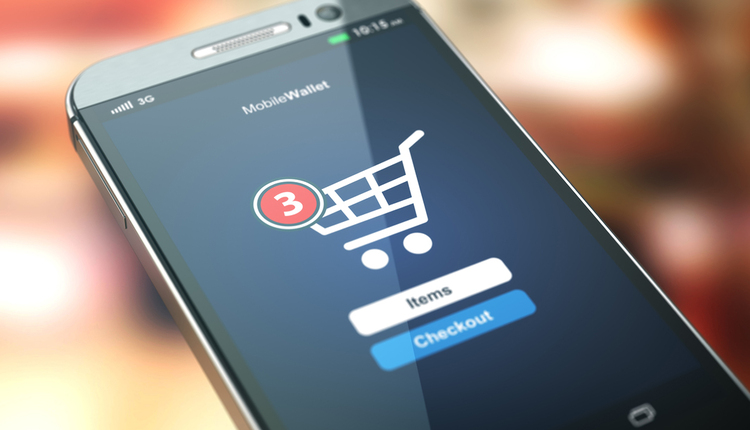“Shipping internationally is a pain in the neck but very valuable to our future growth.” This is a common theme that most CEOs share about their global growth. There are many areas that need to be reviewed and established in developing an effective global program, but I will focus on the commercial terms and how they can impact a merchant’s business.
Let’s start with the basics. The B2B merchants have traditionally relied on a Delivered Duty Unpaid (DDU) model because the nature of the products’ classification and the value of the products. Many of the express providers have streamlined this process by establishing local relationships with the buyers. This can be achieved because there are regular shipments coming into the same consignee, which helps in the customs clearance process. In the B2C world, there are many buyers, and they do not have regular purchases of the same product or the same supplier (merchant). This creates uniqueness in the customs clearance process. Let’s take a look at this in more detail.
As the “Amazon effect” has re-set the bar for domestic shipments in the US, most consumers want their purchases quickly and cheaply. This expectation has permeated into the cross-border business. The challenge is that the seller and buyer are thousands of miles away from each other and in different countries. In addition to a geographic challenge, each country in the world has its own commodity restrictions, value limitations, and quantity guidelines. These factors can change weekly, daily, and even hourly. Let’s look at the impact of the trade terms as they impact customer experience (CX).
DDU (Delivered Duty Unpaid)
This is the most widely used way of shipping an order to a customer, but there are pros and cons to this in the B2C arena. This term shifts most of the risk for duty and taxes to the buyer. However, since consumers like to get their order “fast and cheap,” this term will slow down the delivery process — not exactly a good thing when it comes to customer satisfaction. Most private carriers will require that the duty and taxes be paid before they make delivery. Some carriers are better than others, but the process is slowed down in the consumer’s response to the carrier. Once a consumer is on record with the carrier, they can set up a process to automate this over time, but it is very difficult when there are so many different consignees involved. However, in this situation, various postal solutions may work better for low-value items that the local postal authority may not want to spend resources to collect the small amounts of duties and taxes on. Also, many countries set a de minimis value amount, which means the shipments are exempt from duties and taxes. As an example, Canada’s de minimis amount is $20, and Australia’s is $750. This is where the merchant needs to do their research on each country they ship to and understand local value rules. For high-value shipments, the term of DDU is usually a better way to ship.
DDP (Delivered Duty Paid)
As merchants are looking for an improved customer experience on cross border orders, many are changing their terms to DDP. This allows consumers to have a “frictionless” delivery of their order. However, the merchant will bear the risk of collecting the correct amount for duty and taxes upfront. In e-commerce models where there are limited SKUs, this model may work well. However, if there are many SKUs, then this could become a major task for any organization. The challenge here is that countries change their commodity rules and regulations on a regular basis. There are some excellent global trade organizations that can minimize this impact with their trade knowledge and technology. Your shipping partner may be a great source of information to manage this, too. Some of the express carriers offer this service but have a fee for the service, which could cut into your margins. Many of the parcel consolidation companies highly promote this service because it streamlines the delivery process. The advantage in a postal mode is that there is a low application of duties and taxes for low value shipments. The DDP term is a great way to keep the consumer happy, but it comes with an elevated risk of not collecting the correct amount up front.
Express Service vs. Postal Solution
There is no question that an express option will provide the fastest transit. However, be aware of the “hurry up and wait” syndrome. If you get it to a country in one to two days but sits in customs for 10 days, you will have a very unhappy customer. Again, do your research on each country and ascertain which service method is the best for each. This could be a matrix of choices that may reflect the best of both worlds based on the guidelines for each country. The value of the item will often drive this decision process. Usually, the higher the value, the more likely that an express service will be the better choice for speed and security. Duty and tax rates can come into play to if speed of delivery is not important.
As you can see, there is no cookie-cutter solution in the cross-border arena. It is critical to research your products going into each country and establish your shipping business rules accordingly.
Michael J. Ryan is the Executive Vice President at Preferred Parcel Solutions and has over 25 years of experience in the parcel industry. He can be reached at 708.224.1498 or michael.ryan@preferredship.com.
Click here to return to the Global Logistics and Delivery topic page.



















